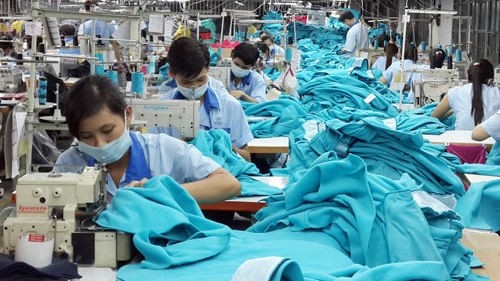Although Vietnam is the third largest garment exporter in the world, its brands have not yet found success at an international level, which would create high-added values. It is crucial for domestic enterprises to swiftly set out essential strategies for building strong brands as well as improving their values in order to increase their competitiveness in the new context.
Over the past years, the sector has made encouraging achievements, including positive growth in industrial production value, sales, export turnover, and profits. It has also become one of the major contributors to the country’s socio-economic development with 7,000 enterprises, creating jobs and providing a stable income for nearly three million labourers.
However, Vietnam’s textile and garment sector faces numerous difficulties and challenges in the period of deep integration into the world’s economy. On the domestic market, enterprises have been confronted with counterfeit goods. Meanwhile, in foreign markets, they are dealing with strong competition caused by trade barriers and protectionist policies which favour domestic goods of many countries. The difficulties require textile and garment businesses to make changes to adapt to the new situation.
According to many experts, Vietnam has annually exported billions of US dollars of garments to the world market. However, the price of imported materials accounted for US$16 billion – US$17 billion. It can be said that domestic enterprises have been heavily dependent on imported materials, which has limited their ability to create a high-added value. On the other hand, they have done mostly processing and outwork for foreign companies. Therefore, the companies need to change their production methods towards original design manufacturing (ODM) and original brand manufacturing (OBM) models.
In addition to investment and renovation in modern technology as well as the improvement of management and design to boost the exports and development of the domestic market, raising enterprises’ awareness and capacity of develop the values of intellectual property rights for their brands and products is very important. In particular, it is essential to develop a set of criteria for evaluating brand values; promote the brands; and build short-term and long-term strategies. The successful building and development of brands will increase the products’ market prices, creating huge surplus values for enterprises.
Facing the increased competition in the both domestic and foreign markets, enterprises should set out effective strategies. Taking advantage of the abundant and cheap labour forces is no longer suitable for businesses in the period of deep integration. They need to pay close attention to enhancing their investment in building and developing strong brands as well as in improving the brand values, and creating strong competitiveness in the international market.
















